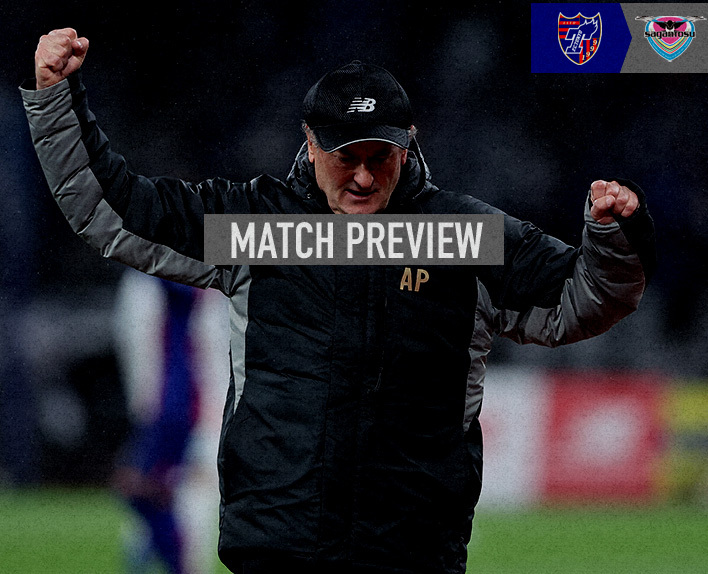"Tactics arise from excellent positioning"
The Future of Positional Play
Have you read Satoshi Hojo's preview column published before my clumsy column? I wonder if there is anyone who can match this person when it comes to articulating soccer; I truly learn something every time. He was one of my idols even before I started this job, and I read it with great respect.
Now, let's continue with the first part. The followers of this positional play all express the same words in unison. Coach Albert PUIG ORTONEDA has also been no exception, repeatedly using the phrase, "It takes time to complete the team. We will grow through playing matches."
To acquire positional play, practical experience and successful experiences are essential. This is also true for chess, which was mentioned in the first part. The phases of chess are broadly divided into three: opening, middle game, and ending.
In the opening, the pieces will be developed according to various established openings (this is what we referred to in the first part, so to speak, the Albert Tokyo opening). Then, the middle game is a phase that employs tactics similar to 'checkmate puzzles.' By solving many tactics, you will come up with good moves in actual games and become more attentive to your opponent's traps and the next move. Game record analysis is also essential to handle complex board situations. The accumulation of this tactics and game record analysis is the shortcut to improvement. In short, repetition and experience are key. Tactics can be equated with daily practice, while game record analysis can be replaced with match analysis.
Takuya AOKI says this.
"We change our position based on the opponent's position. When we change, there are times when it goes well and times when it doesn't. Ideally, there should be fewer fluctuations. While playing, I sometimes feel that something is off, but when I review the footage, I realize that it was surprisingly good. There is still a discrepancy in that feeling, and I haven't been able to view myself from a broader perspective. I believe the anchor position allows for playing soccer without touching the ball, as I experienced at Urawa. When I can touch the ball, I want to create the game. However, when the opponent comes at me man-to-man and I can't touch the ball, the coach says not to focus too much on that. If I can play soccer without touching the ball, that would be the best scenario. It's important to observe the opponent's movements from my position, and if no one is marking me, I can receive the ball. When that is not the case, it would be great to play soccer without touching the ball."
Shuto ABE follows this.
"After the match, we discuss the positioning of the inside half during video meetings. I tend to position myself too close to the opposing center-back, so I'm told to move around a bit more between the opponent's midfield and center-back. I'm aware of that. I've been watching the footage and making positional adjustments during practice, but sometimes it doesn't work out in the game. Players are communicating on the pitch and sharing different approaches and ideas. We're becoming more adaptable in that way. Without playing more matches, we won't see areas for improvement. Conversely, it won't lead to an understanding of what we can do. We just have to trust the coach and keep going."
Regardless of offense or defense, players take the correct position based on where the ball is on the pitch to secure an advantage. Until we reach that point, there will still be much trial and error. It is understandable since we have only been working on this style for a few months. However, by unraveling the problems that arise there, we can gain another level of freedom and experience. We must invest time and effort here. Repetition and accumulation of experience. Until we enter this cycle, based on the impressions from covering the camp, it should be said that things are going smoothly.
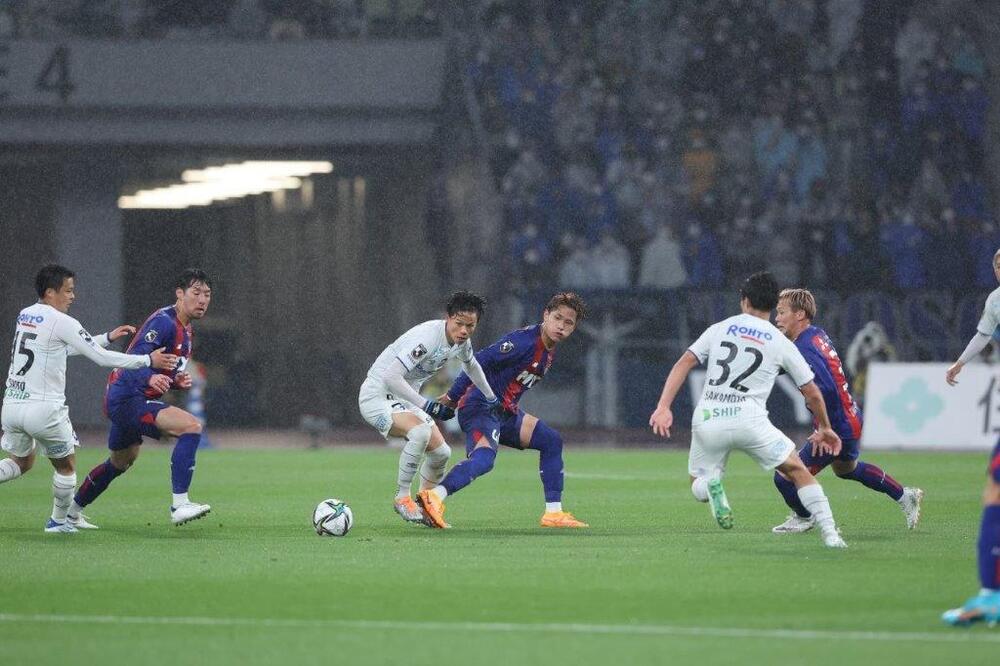
At this point, we are fighting the league matches with a somewhat fixed lineup, but it is also possible to instill different strategies by substituting players. This has been demonstrated in away games such as the group stage of the J.League YBC Levain Cup against Júbilo Iwata.
After passing through the middle game, the ending comes into view. How to drag the king down from the throne. In soccer, of course, that is the goal. Abe and Matsuki expressed their extraordinary thoughts on that.
"An inside half who can score goals is my ideal. It's difficult. I want results, and I want to help the team there."
After conveying that Abe, who has already scored once, said that, Matsuki reacted this way.
"I currently have the challenge of not being able to score. It would be great if I could shoot more aggressively. At this rate, my first priority is becoming the side rather than the goal. I will go where I need to go, and the seniors have said they will cover for me. I believe I can do it with confidence."
However, the scent of a goal is also wafting from Matsuki. In the match against Hokkaido Consadole Sapporo in enemy territory, he continued to play with high intensity for over 90 minutes and dove in front of the goal just before the end of the match, creating a scene where he was just one step away... "Why was that possible?" There was a surprising response to that.
(I want to score) because that's my strength. It's normal for an average player not to go there. I believe it's my job to go there and score.
Abe also responds.
"Kuu is amazing. In his first year after graduating high school at 18, he plays with great enthusiasm and expresses himself for 90 minutes. He wants to score himself, and I think he will be able to soon. If Kuu and I can compete for goals, it will help the team as well. I believe this kind of competitive spirit will also grow within me, leading to a stronger desire to score goals."
Coach Albert PUIG ORTONEDA mentions in this ending that "there is little work that a coach can do." Indeed, the area in front of the goal is where qualitative superiority is showcased. As mentioned in Mr. Hojo's preview column, there is a current situation where we are not fully utilizing the decisive factors in the frontline that other clubs envy. There are probably only a handful of players and coaches in the world who have the answer to this.
5/8 Tosu Match Preview by Sato Hojo (Football Writer)
"Overcoming the Midfield Battle to Break Free from the CACA"
They are each expressing their ideas on this difficult problem in their own words.
"It depends on the person, but if it's right winger Kensuke NAGAI, he can break through vertically, so I'm told not to crowd in. If it's Kazuya KONNO, he has the ability to cut in, so by becoming a decoy and breaking free, the opponent gets drawn in as well. I want various options depending on who I'm teaming up with. Otherwise, we can't score or take shots." (Abe)
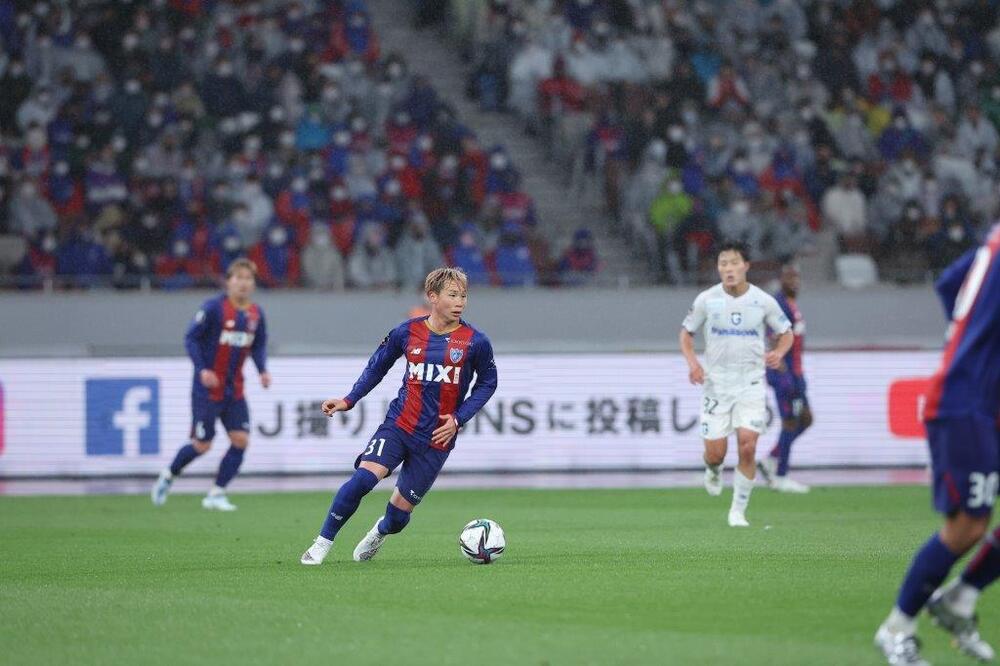
"If we can build up from the back and involve the goalkeeper to move the center-backs, we can create time. There are parts where individuals are isolated in a slightly stretched state. If we compact ourselves and shake things up on the sides while creating space in the pockets or among our inside midfielders, it will become more interesting" (Matsuki)
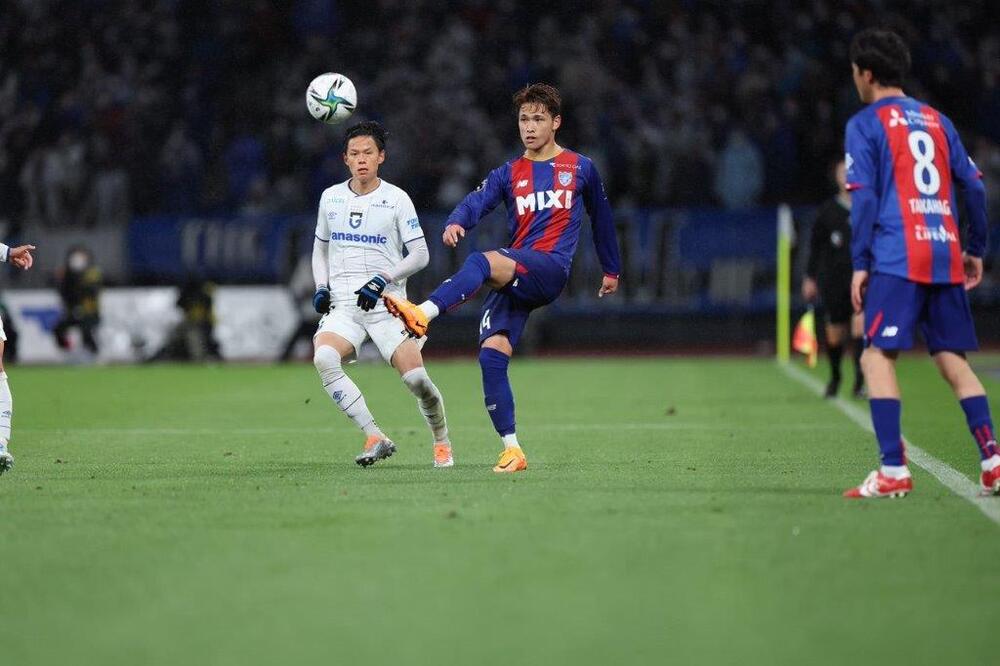
Any difficult problem should be solved by the idea that "tactics arise from excellent positioning." The solution lies in repetition and the accumulation of experience. This has been proven by Fischer, who elevated chess to an art form.
Now, let's return to the movie "Searching for Bobby Fischer." In the final scene before the championship match, the protagonist Josh is terrified of losing to a strong opponent the day before the game. At that moment, a strict coach played by the great Sir Ben Kingsley appears and gives Josh something to encourage him. The next day, when Josh opens the doors to the venue, he walks in with his head held high. From there, everything unfolds in the best possible way. There are three phrases that resonate with this scene.
Matsuki says, "It's not about the team's performance, but if everyone has a strong desire for victory, I believe we can definitely win. Since the members are all together, it would be great if we could express that feeling more openly."
Abe can express his responsibilities as a key player. "I guess it's all about the mindset; the feeling of not wanting to lose and the desire to keep playing in matches has always been with me."
Aoki's words reflect the path he has walked. "I watched some footage during the camp, but I still have a long way to go. I wonder when I will fit in perfectly. However, I want to win the matches. There are ideals and realities. But personally, I don't have much time as a player. I want to firmly pursue the balance between ideals and reality."
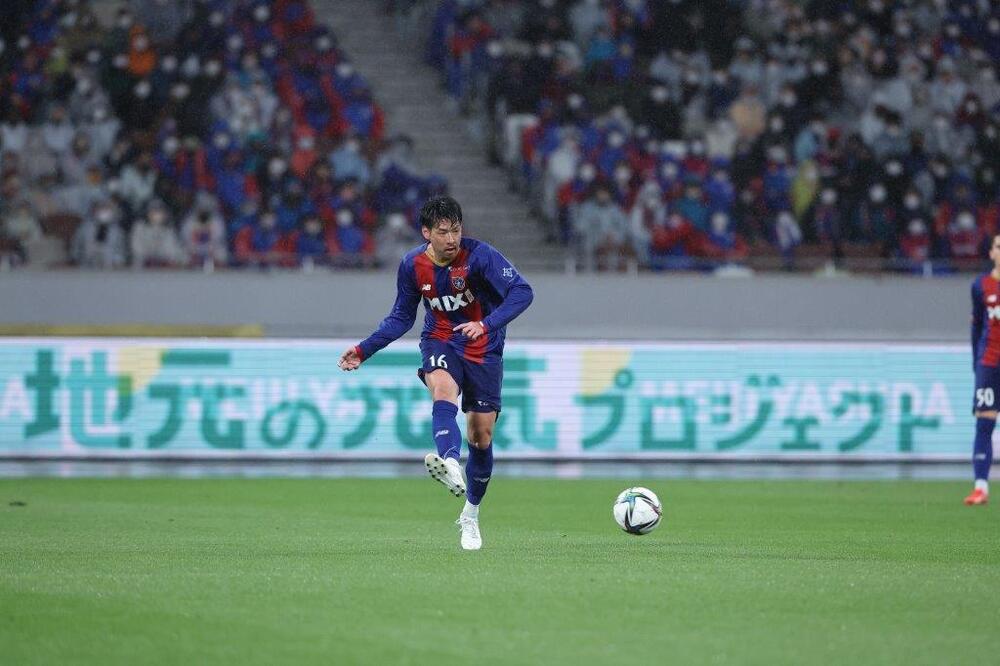
A match that will be "positional against positional." Even though Sagan Tosu is on a five-game losing streak in the league, when you step onto the pitch, you must not harbor any anxiety or fear. The results that await after fighting bravely contain the success for the next challenge. I learned this from the little chess players in the movie.
Text by Kohei Baba (Freelance Writer)

![Albert PUIG ORTONEDA's Positional Play Explained Through the Testimonies of Three Midfield Players [Part 2]](/en/upload/Tokyoism/images/detail_img_224_6270bfd6-9f40-4212-9123-15390a000292.jpg)



![Albert PUIG ORTONEDA's Positional Play Explained Through the Testimonies of Three Midfield Players [Part 1]](/en/upload/Tokyoism/images/img_223_6270be76-27b4-4892-a582-4bd20a000292.jpg)
